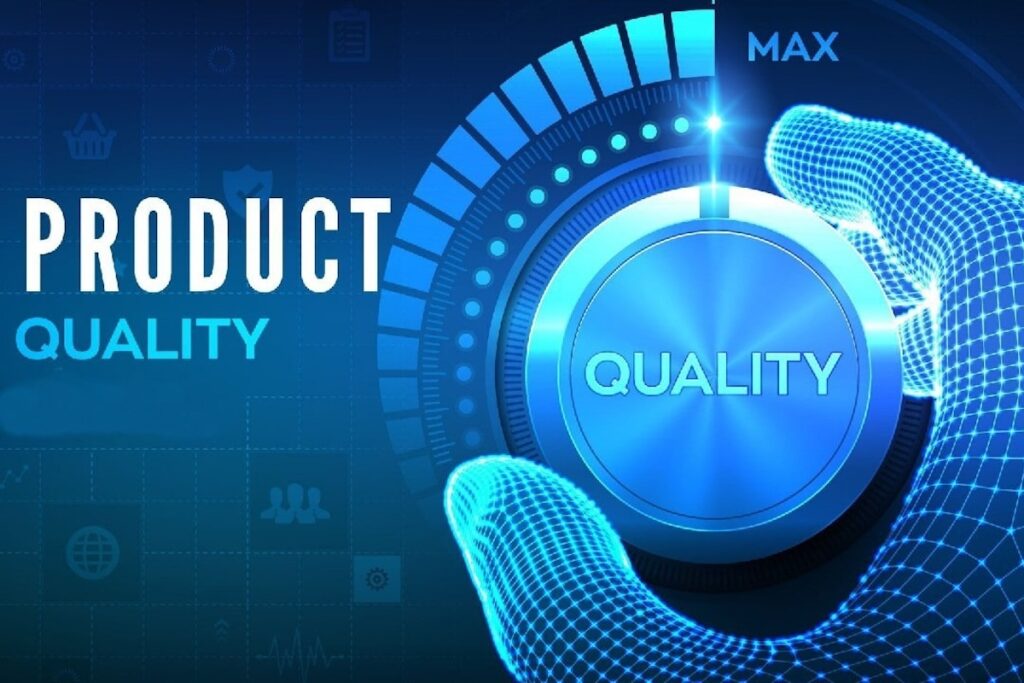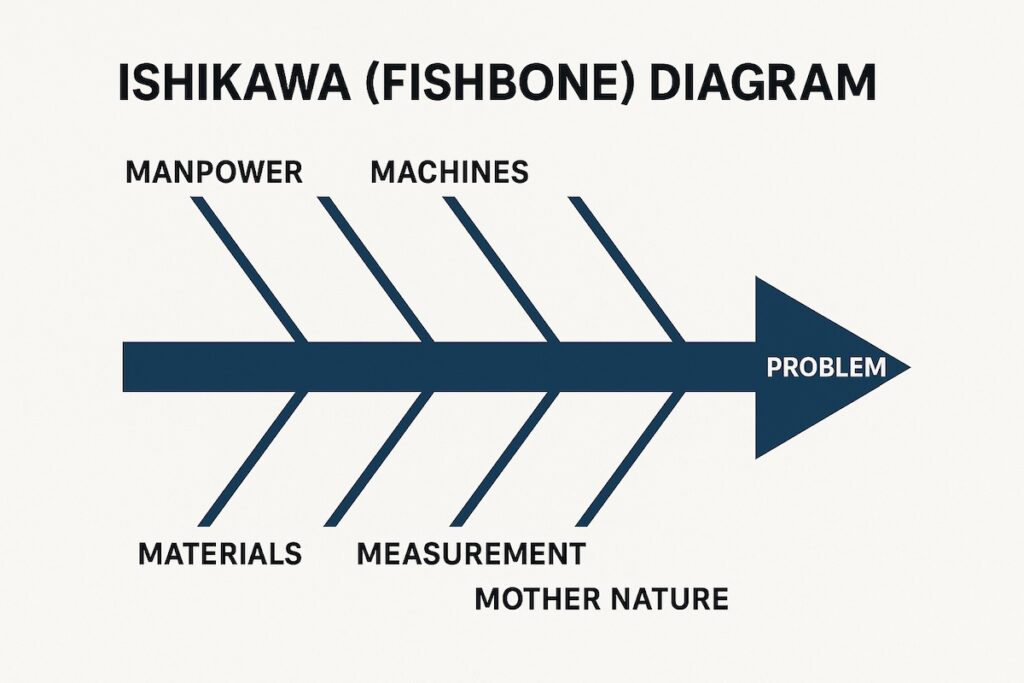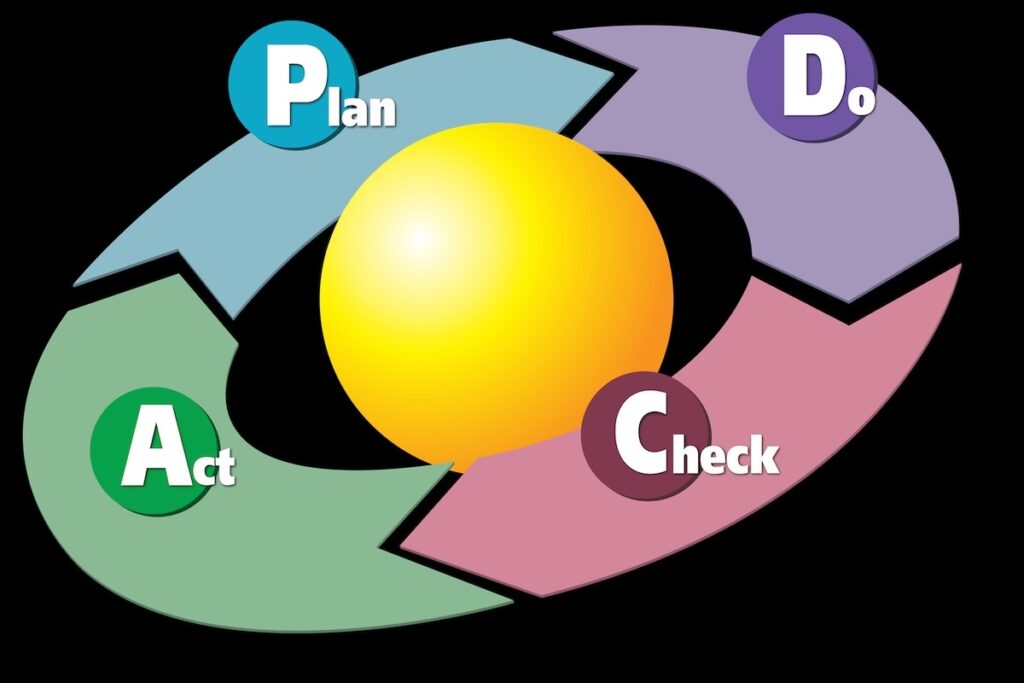In project management, quality often has two masters: the customer and the rulebook. Both matter. Both can be uncompromising. And in my experience managing large-scale distributed projects, the tension between them can make or break delivery.
On one side, you have customer satisfaction—meeting or exceeding the expectations of the people who will actually use the product or service. On the other, you have compliance—adhering to regulatory standards, contractual obligations, and internal policies.
Neglect one, and you invite trouble. Neglect both, and you won’t be in business long.
Why This Balance Is So Challenging
Customer satisfaction is subjective—it’s tied to perception, experience, and context. Compliance is objective—it’s tied to rules, checklists, and audits.
I’ve seen projects that were fully compliant but failed in the marketplace because customers found them clunky or uninspiring. I’ve also seen projects win over customers but fail audits, triggering penalties and expensive remediation work.
The Danger of Leaning Too Far in One Direction
- Overemphasis on Compliance
The product meets every regulatory requirement but ignores usability and performance. Users are frustrated, adoption is slow, and ROI is low.
Example: An enterprise software suite I oversaw in the finance sector passed all security and reporting audits but had a 30% abandonment rate because the interface was painfully slow. - Overemphasis on Customer Satisfaction
The product delights users but skips certain mandatory compliance controls. The initial buzz fades fast when the company faces fines or legal action.
Example: A digital marketing platform integration we delivered had stellar customer feedback but failed GDPR audit readiness—forcing a costly three-month delay for rework.
Strategies for Balancing Both
1. Integrate Compliance into Requirements Early
Don’t bolt on compliance at the end—it’s more expensive and riskier. Map compliance requirements alongside customer needs in your initial requirement traceability matrix.
2. Use a Dual-Lens Definition of “Done”
Ensure that every deliverable is reviewed for both customer acceptance criteria and compliance checklists before sign-off.
3. Involve the Right Stakeholders Continuously
Keep compliance officers and user representatives engaged throughout—not just at the start or end.
4. Monitor Both Sets of Metrics
Track KPIs for customer satisfaction (e.g., usability scores, NPS) and compliance (e.g., audit pass rates, defect counts in regulated functions) side by side.
5. Make Trade-Offs Explicit
If a choice risks affecting one dimension, document it, get stakeholder sign-off, and be transparent about implications.
A Field-Tested Example
In a cloud-based procurement platform rollout, my team faced a conflict between streamlining the vendor onboarding flow for user convenience and embedding mandatory anti-corruption checks. We mapped the onboarding process visually, then ran usability tests with the compliance steps integrated.
Result: We reduced onboarding time by 25% while still passing every compliance audit. The key was designing with both sets of priorities from the start—not forcing one to fit around the other at the end.
Final Thought
Customer satisfaction and compliance aren’t competing goals—they’re complementary when managed deliberately. The best projects find the sweet spot where users trust the product because it works for them, and regulators trust it because it meets the standards.
In my teams, we’ve learned this balance isn’t a one-time decision—it’s a discipline. When you get it right, you not only deliver successful projects, you build sustainable credibility.




